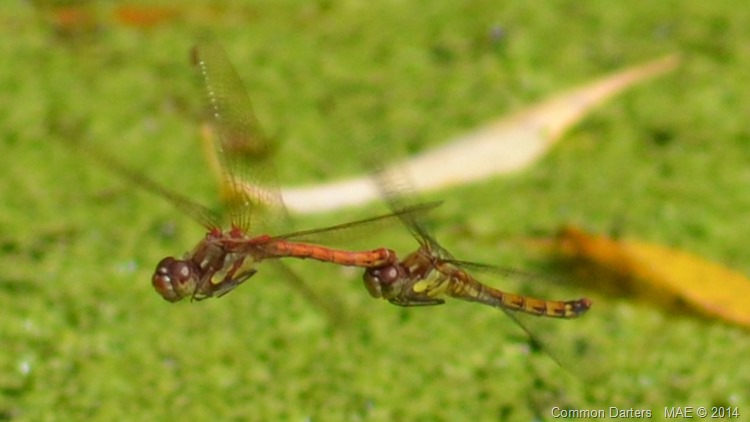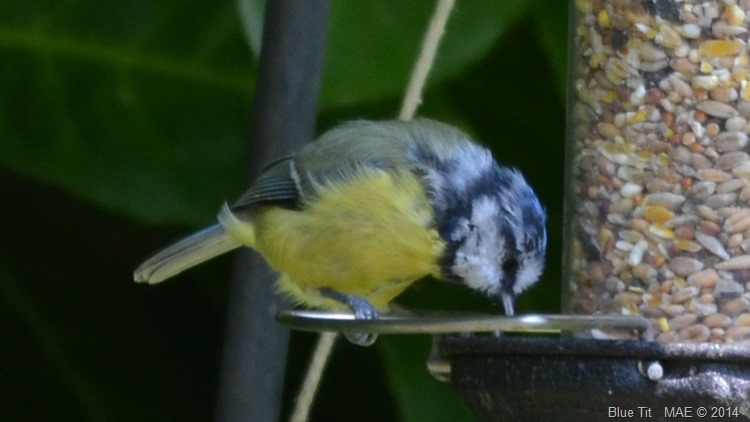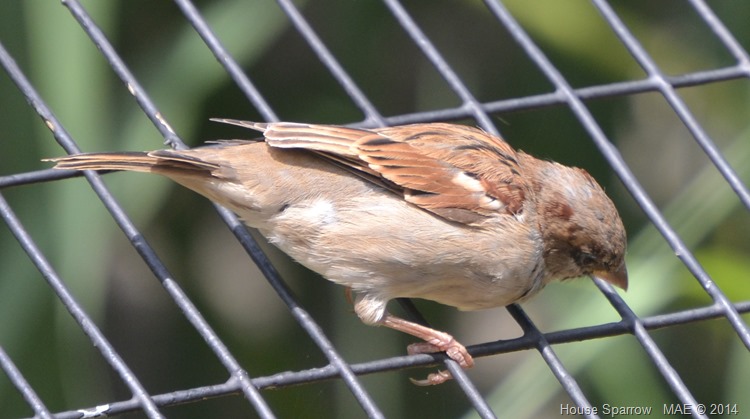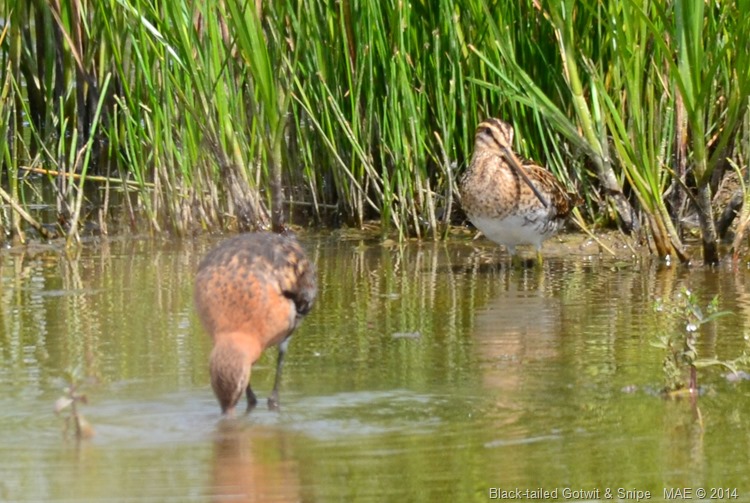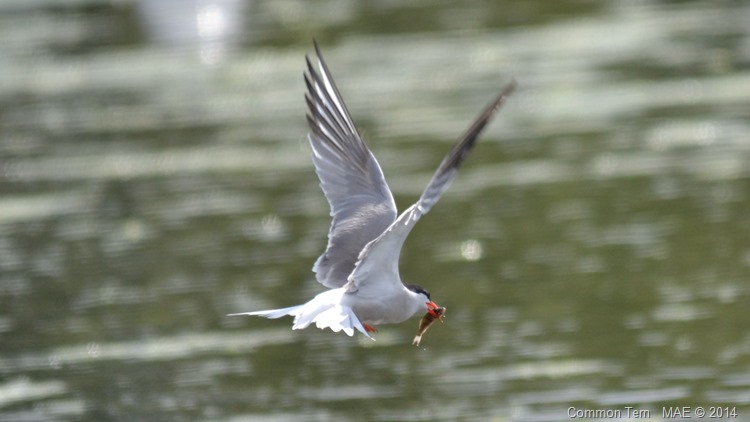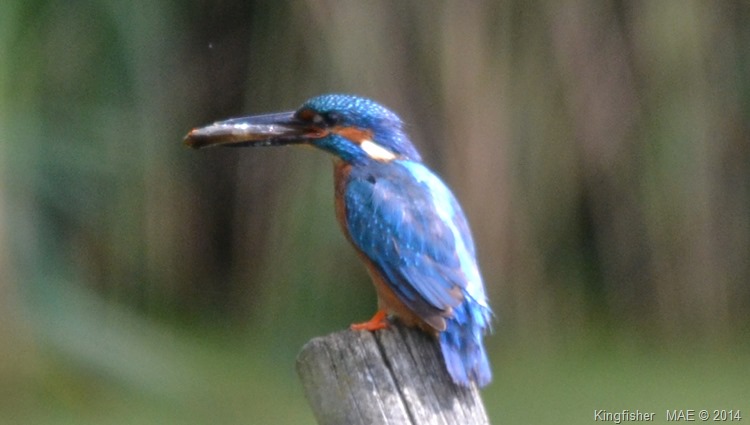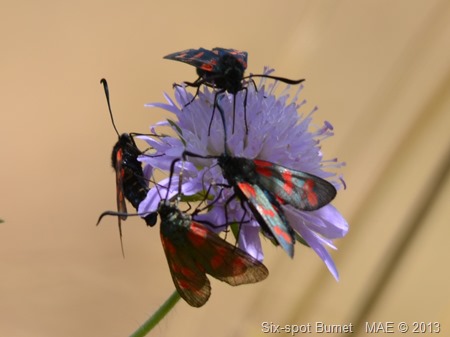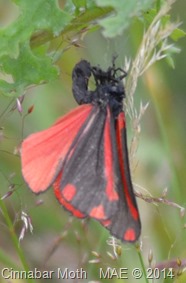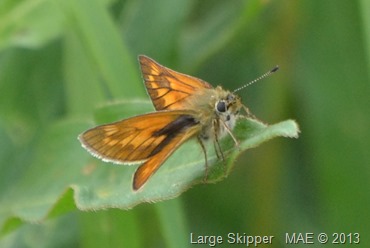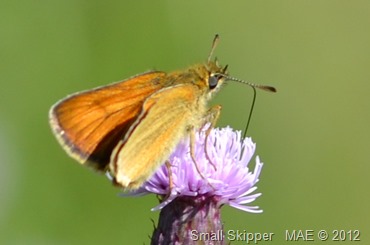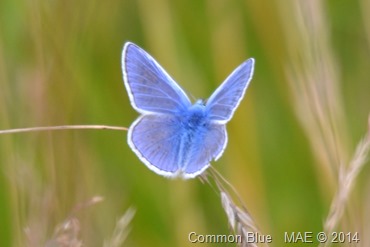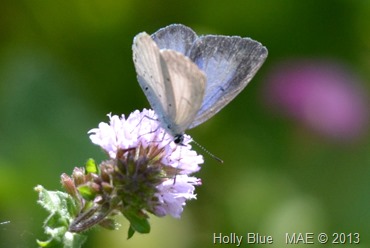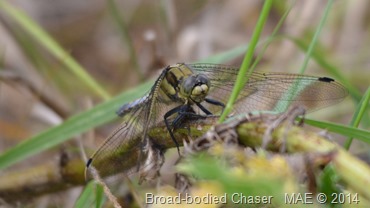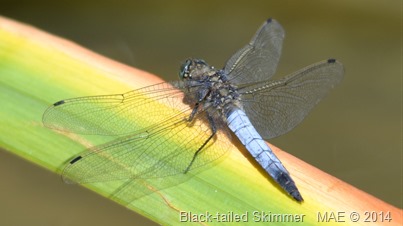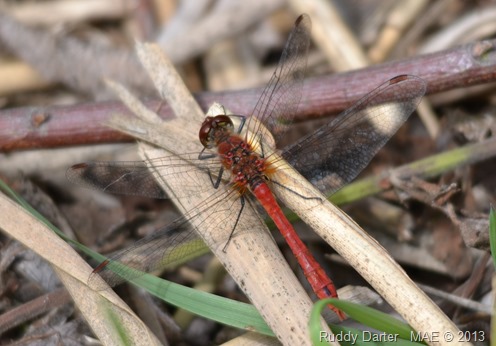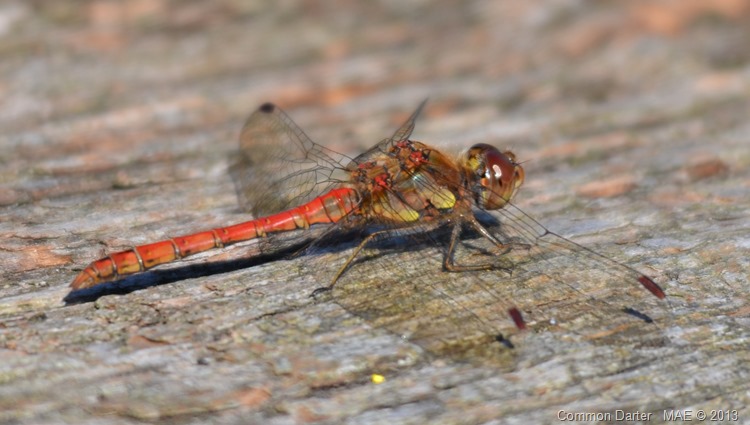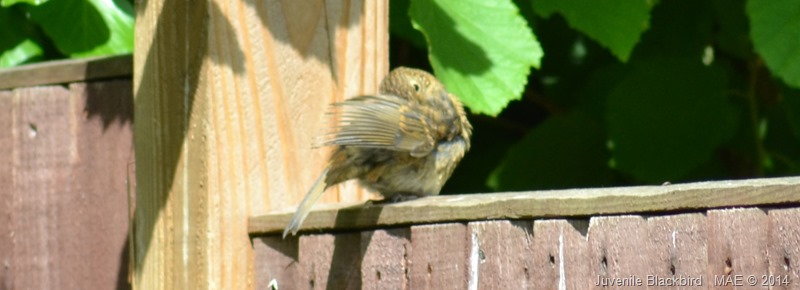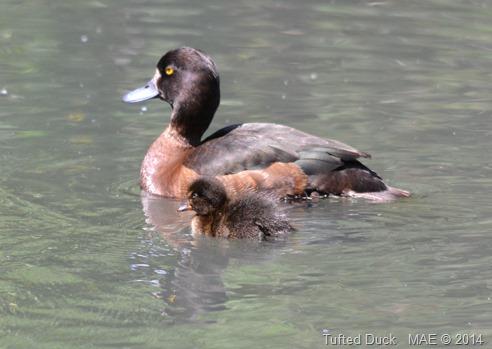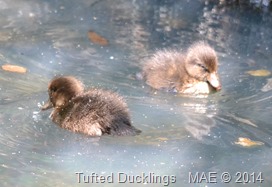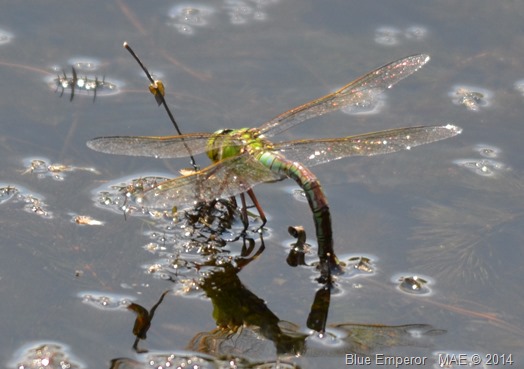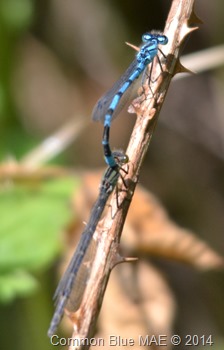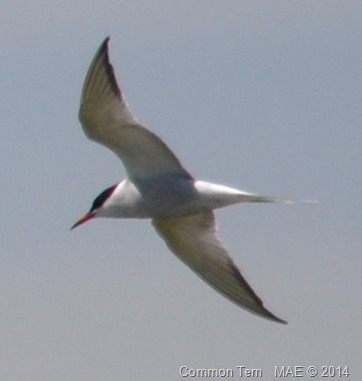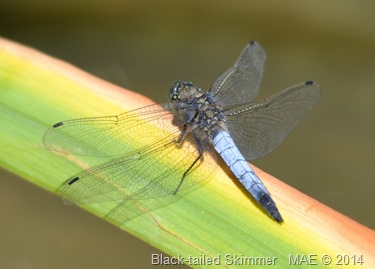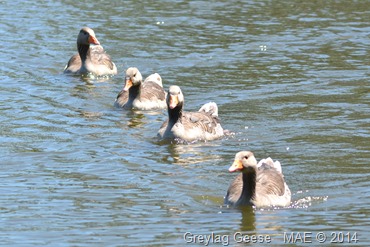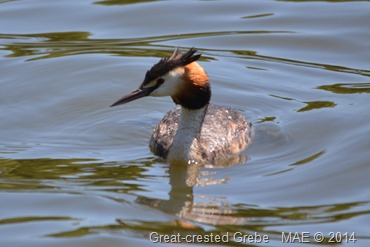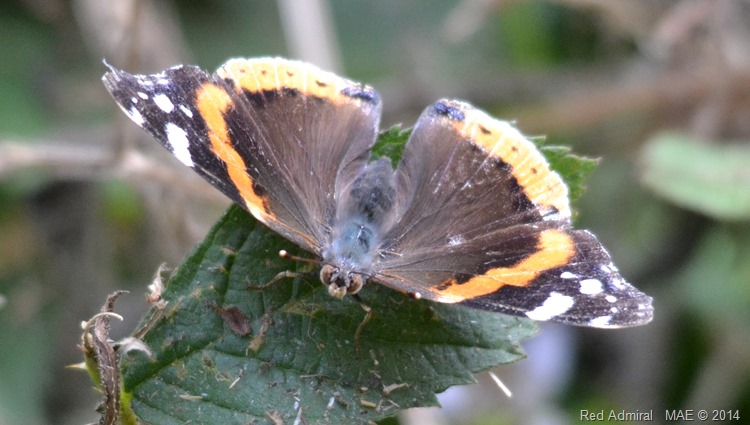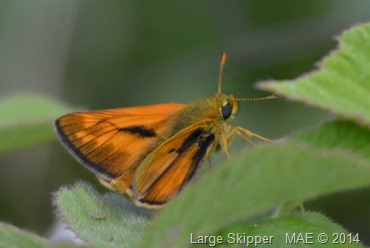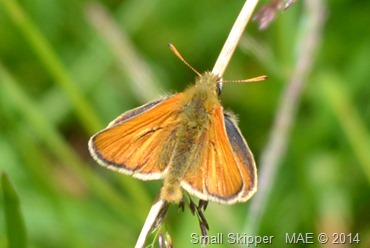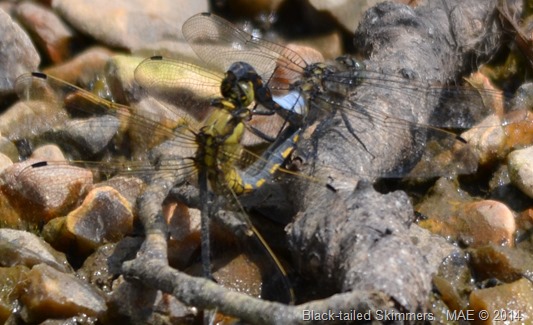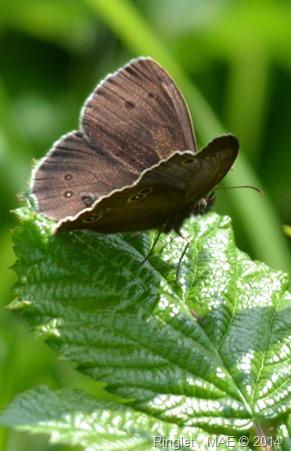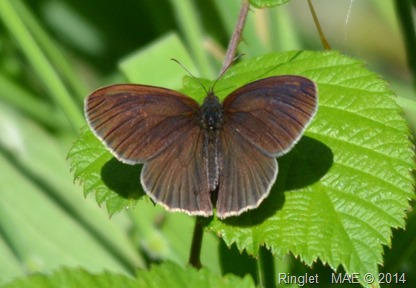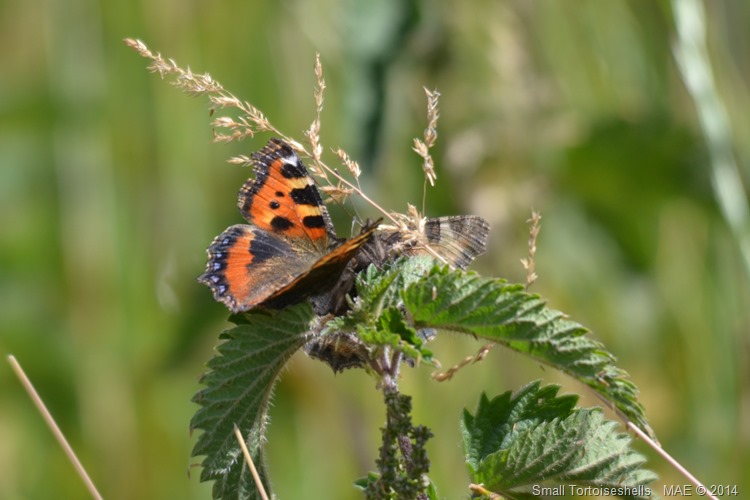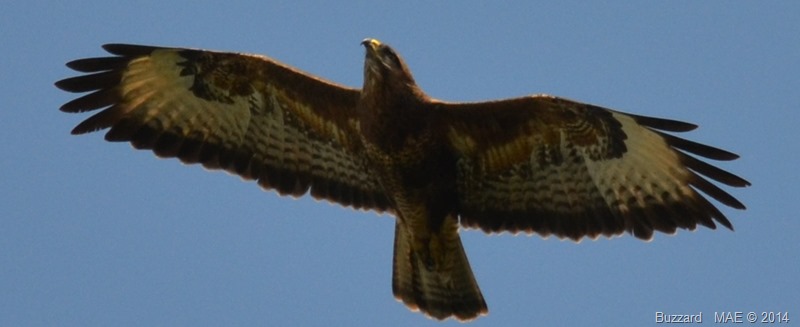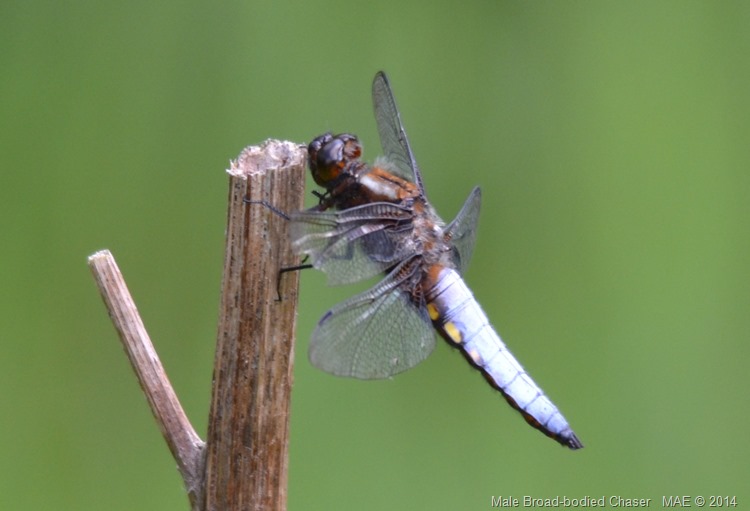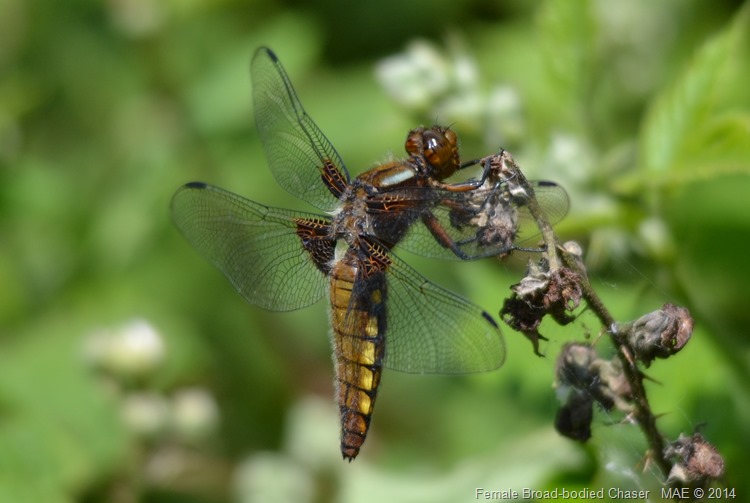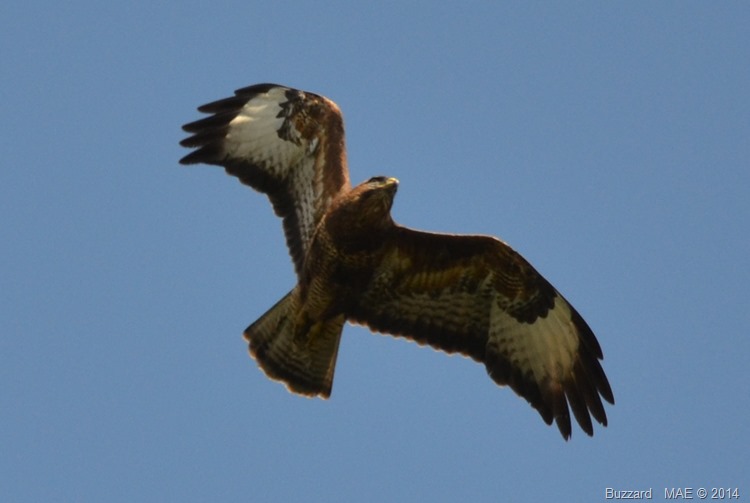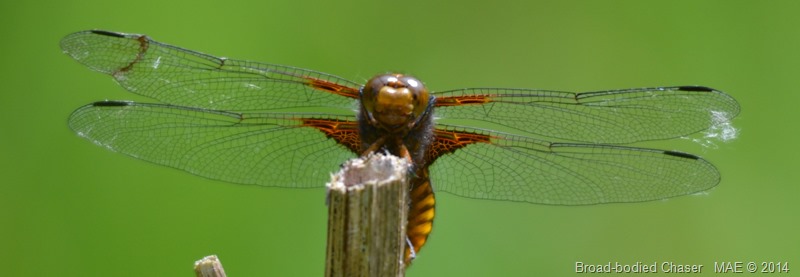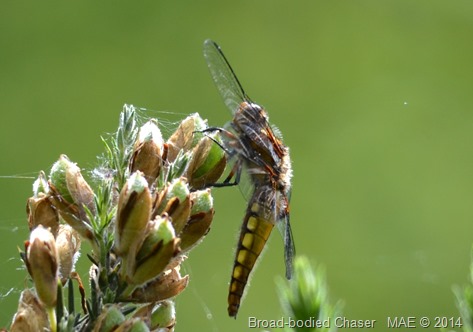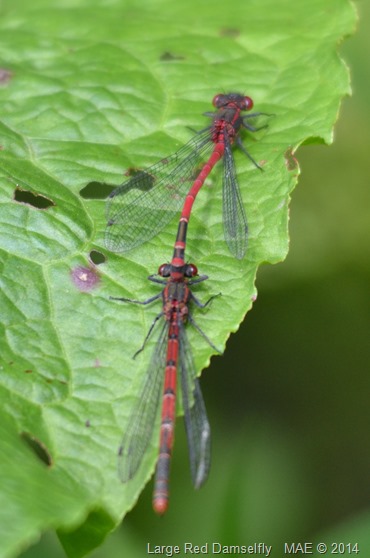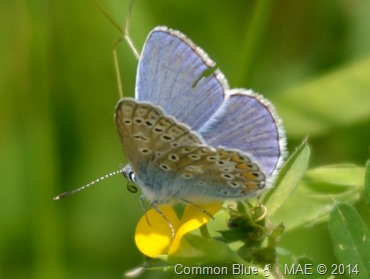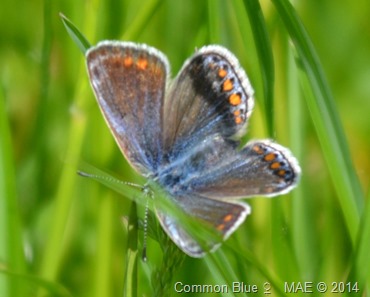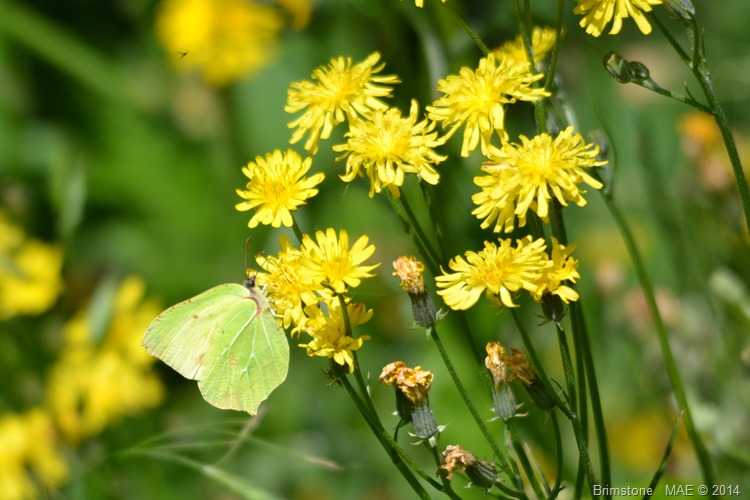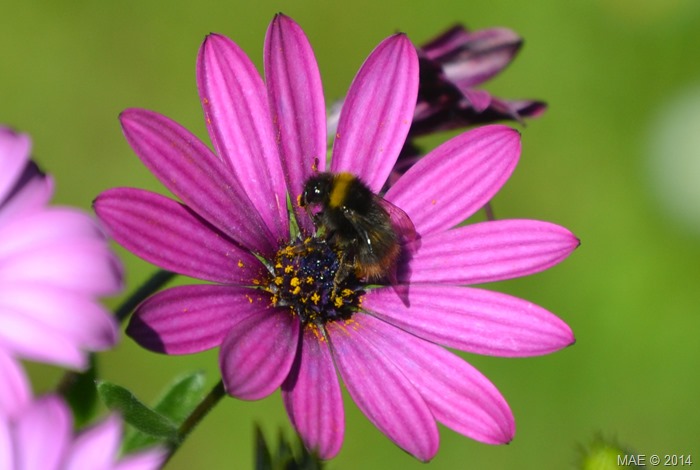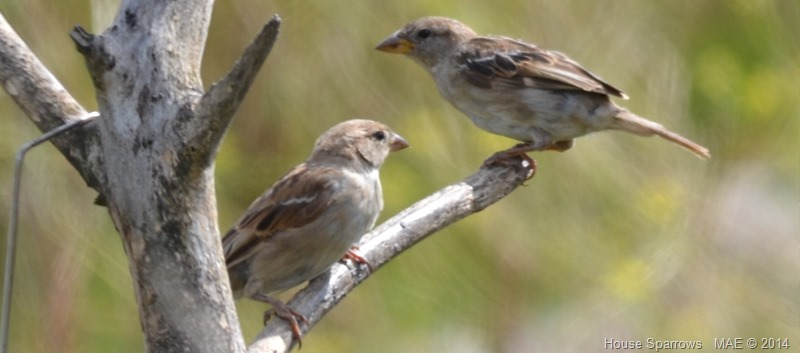
Unfortunately, my Summer Holiday is over. But I had set a target to see as many birds, butterflies or dragonflies (damselflies included) as possible…through my camera. I did help that I found some great places; the weather was a friend as well. Here are the results with not too much text to add. I will not show my butterfly pictures in this blog, but I did see quite a few.
It was a perfect time to see the production of a new generation of dragonflies in full swing. First a mating picture of the Black-tailed Skimmer (Orthetrum cancellatum).
A typical mating ritual while flying over a pond and with the female constantly dipping her tail in the water to lay her fertilised eggs. These are Common Darters (Sympetrum striolatum):
After I refilled the birdfeeders in my garden, I have been sitting for hours on end to see if there were any customers for my food. Eventually I could take some pictures of a Blue Tit (Cyanistes caeruleus). The patience you need….!
This House Sparrow (Passer domesticus) tried to get in one of the cages at London Zoo. They are declining in the urban habitat, but this might go just a little bit too far.
When I revisited Rainham Marshes (after I became a member of the RSPB) I found a Black-tailed Gotwit (Limosa limosa) and a Snipe (Gallinago gallinago) together in a pond.
I also visited another RSBP reserve: RSPB Rye Meads. Again a little paradise in an urban area. I took many pictures, but here are just a few. First a Common Tern (Sterna hirundo) in flight. There were many around.
But the best moment over there was, when I took a picture of a Kingfisher (Alcedo atthis) upon its return to feed the kids. All in all it has been a very satisfactory period of nature photography.

